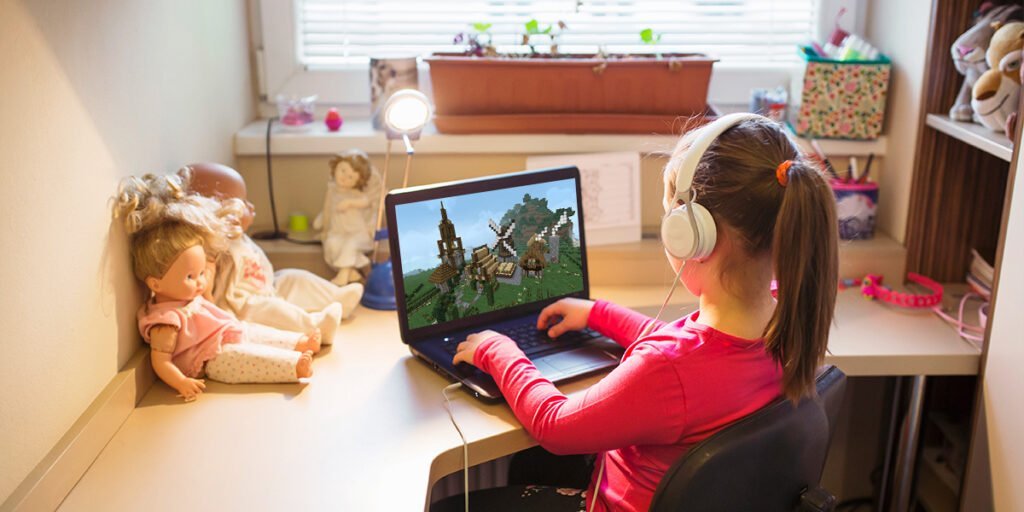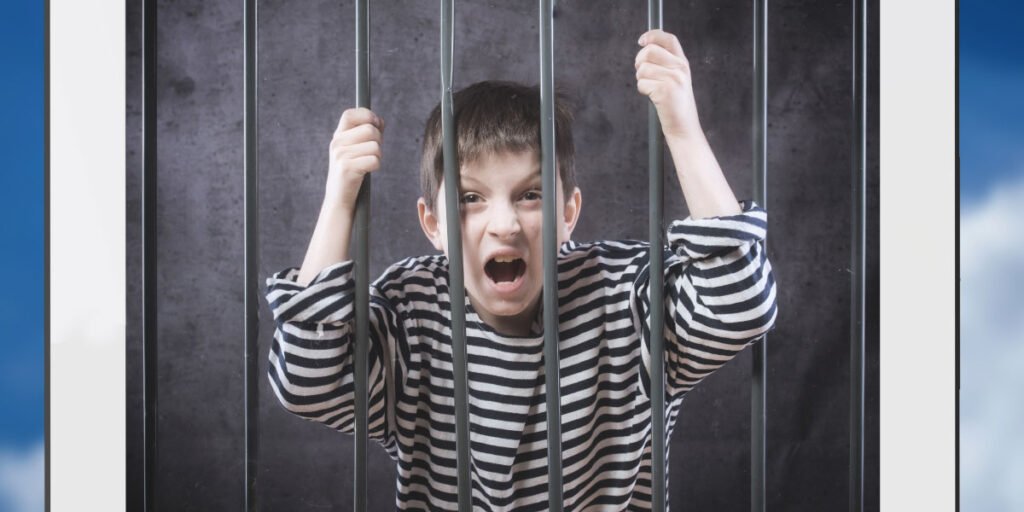Based on the Common Sense report, children join social media at the age of 14. However, social media is not entirely safe for children. This is why major social media outlets like Facebook, Instagram, and Twitter require users to be at least 13 years old. Children face safety and health risks by encountering inappropriate content and cybercriminals on social media. However, children can avoid these risks by following social media etiquette and rules. Read on to find out what these rules are and how social media etiquette for kids can help your child.
| On our blog: |
Why do kids have to follow social media etiquette?
After social media, etiquette is crucial to protect kids from cybercriminals like sexual predators, cyberbullyers and phishers. Additionally, it maintains children’s mental and physical health by avoiding screen addiction, humiliation from posting inappropriate posts, bumping into inappropriate content, and obsession with a positive social media presence. Social media etiquette can help children feel comfortable communicating with friends and family without risking their privacy or disrespecting other users.
Risks of social media for children:
- Inappropriate Content
- sex
- Violence
- propaganda
- substance abuse
- Disturbing News
- privacy risks
- stalking
- security risks
- phishing
- hacking
- security risks
- Sexual harassment
- grooming
- cyberbullying
- Health risks
- receipt of judgements
- Wrong body image
- Wrong concept of life
- consumerism
- stress & anxiety
- Screen time issues
- screen addiction
| On our blog: |
13 do’s and don’ts of social media etiquette for kids
How do I teach my child to use social media responsibly? That’s a question many parents ask us. Below we discuss some important social media etiquette principles to share with your child. These social media safety tips for kids can keep your child safe and keep their mental and physical health.

keep accounts private
As a general rule, make sure your child keeps their social media account private. This means no one can see the content they share unless your child accepts their friend/follow request. This allows your child to communicate with friends and family in a safe environment.
Sometimes kids create public accounts to share their creative work with everyone. In this case, you must ensure that your child does not have private contact and is not contacted by dangerous people.
Do not accept friend requests from strangers
By default, all social media users can send each other friends or follow requests. By accepting friend requests from strangers, your child risks exposing their private content to people who could abuse it.
If the social media platform your child uses offers an option in the privacy settings to block friend requests, use that option to protect your child. Otherwise, instruct your child not to accept friend requests from people they don’t know very well.
Do not share private data
News is a breeding ground for phishers to trick children into giving up information. However, children sometimes share private information on their profiles for everyone to see. Therefore, instruct your child not to share private information such as name, address, email address, phone number or location with strangers on social media. Tell your child to keep their sensitive information, such as credit card information or account credentials, private and not even share it with people they know.
| On our blog: |
Do not reply to scams or click on scam links
Scams are messages sent to trick people into revealing private or sensitive information. Sometimes they trick users into clicking links that lead to pages that require them to enter personal information. These messages use various methods to look legitimate. So you should instruct your child not to reply to messages asking them to reveal any kind of information.
Do not share private content with strangers
Not everyone addresses children with good intentions on social media. Predators on social media target children for grooming, blackmail, or sexual abuse. Pictures and videos that your child shares with these people are crucial as predators can exploit them to harm your child. The best solution is to instruct your child not to usually respond to messages from strangers and not to share sensitive information when they need to respond.

Block & report intruders
Every social media platform has block and reporting features. Teach your child to block users they find intrusive or want to avoid. If they find users to be abusive, they can report the social media moderators, who will remove their accounts if necessary.
Do not follow inappropriate accounts
Although children over 13 can use most social media, not everything on these platforms is appropriate for all ages. Some accounts share sexual, violent, or propaganda-themed content that is unsuitable for minors. Although major social media platforms moderate content shared by users, it is still possible to find content that is more suggestive.
Don’t hurt others
Sometimes not seeing a face on social media makes kids meaner than usual. But they need to know that written words hurt just as much as spoken ones. Cyberbullying is as bad as bullying in the outside world. What goes around comes back. If you don’t respect someone, you won’t be respected. Teaching children to be respectful of others on social media is therefore necessary for children’s mental health and safety.
| On our blog: |
Don’t post things that endanger your character
Kids need to know that whatever they post online can stay there forever, even if they remove it from their accounts. So it’s important to remember not to post pictures or videos of people in awkward situations or wearing indecent clothing. Also, it is necessary not to post offensive or vulgar words in the captions or stories of posts.
Don’t judge by likes
Children tend to be sensitive to the number of likes or comments they receive on their posts. They use them to gauge their popularity. If they only get a few likes, they feel neglected or marginalized. However, we should remind them that the number of likes for a post alone does not determine the value of the post or the importance of the poster.

report to your parents
Teach your child to call you if someone sends them a suspicious or threatening message, intrudes, or stalks or bullies them. Assure your child that you are always there to support them. Don’t scold them for their mistakes. That way, they’re more willing to open up to you .
Don’t hide from parents
It’s common for kids to create two accounts, one to share with their parents and one with friends and everyone else. They tend to keep their second accounts secret, communicating with people or sharing content their parents would disapprove of. Therefore, it is important to ask your child not to hide their social media activities from you.
Don’t overuse social media
Social media is addicting. Every time users open their accounts , they are faced with endless new posts and multi-themed stories. So it’s natural to spend hours liking, commenting, posting and sharing on social media.
Excessive screen time (time spent on a smart device with a screen) has harmful effects on children’s health. Too much screen time can lead to screen addiction and poor performance in life and school.
| On our blog: |
To help your kid manage their screen time, you can use Safe’s parental control app . With Safes, you can set a daily limit for your child’s use of social media apps. If your child is 13 years old and therefore shouldn’t use regular social media, you can block social media apps and their web panels on your child’s phone, tablet or computer.




